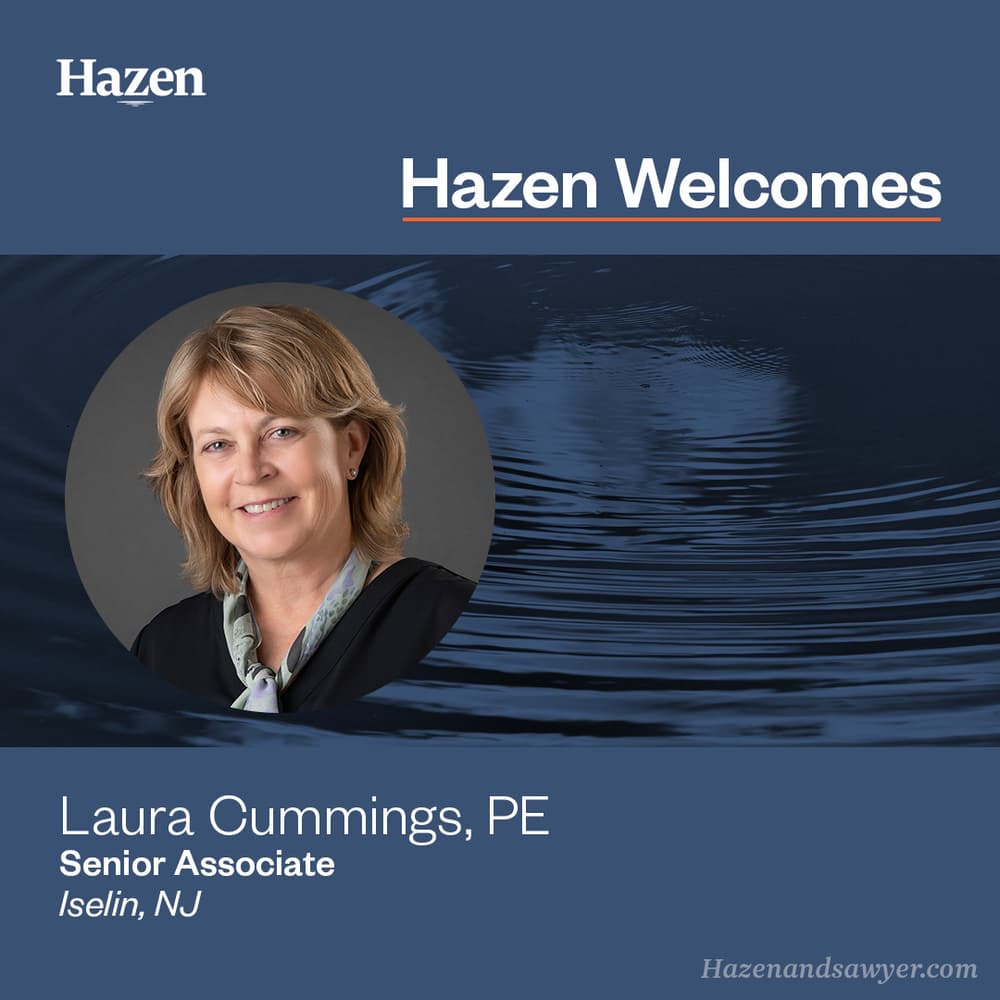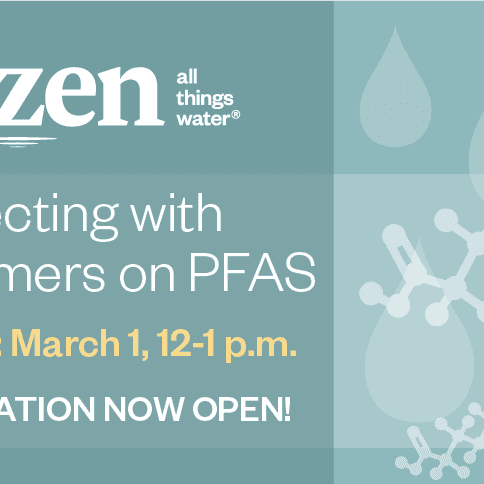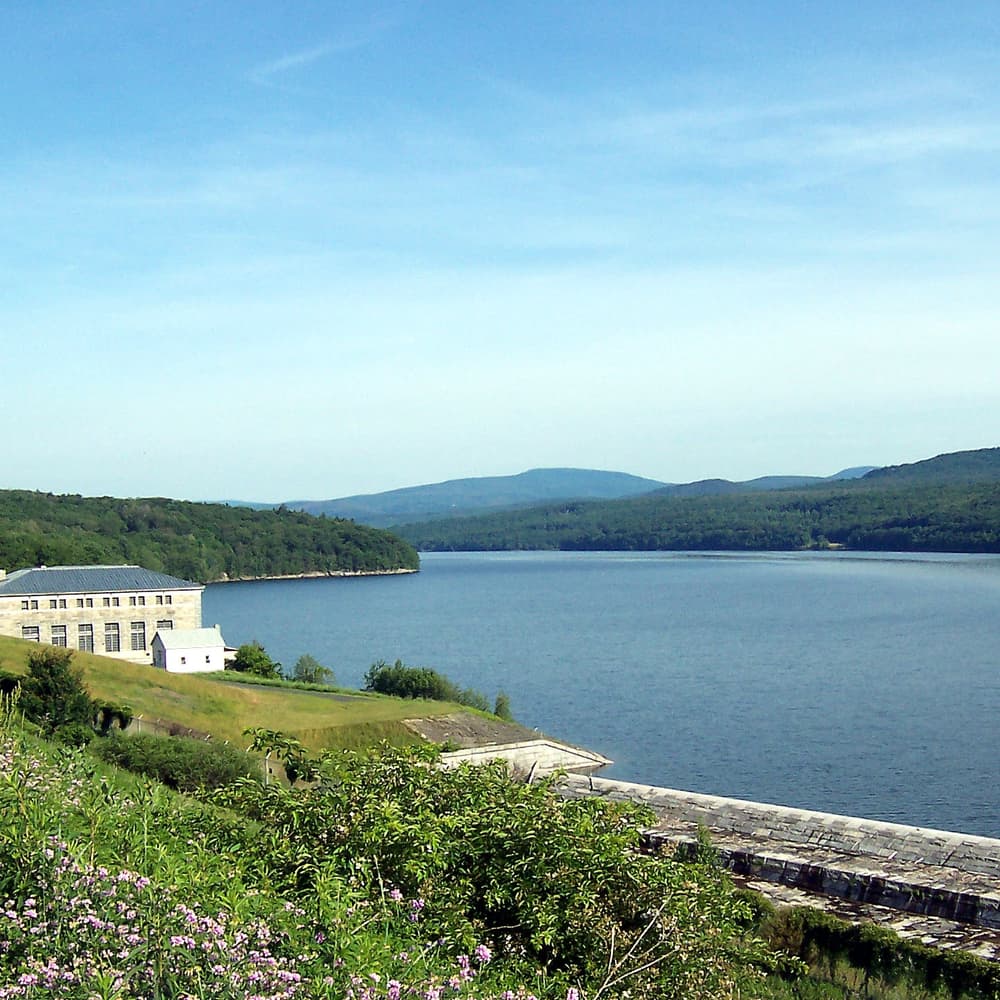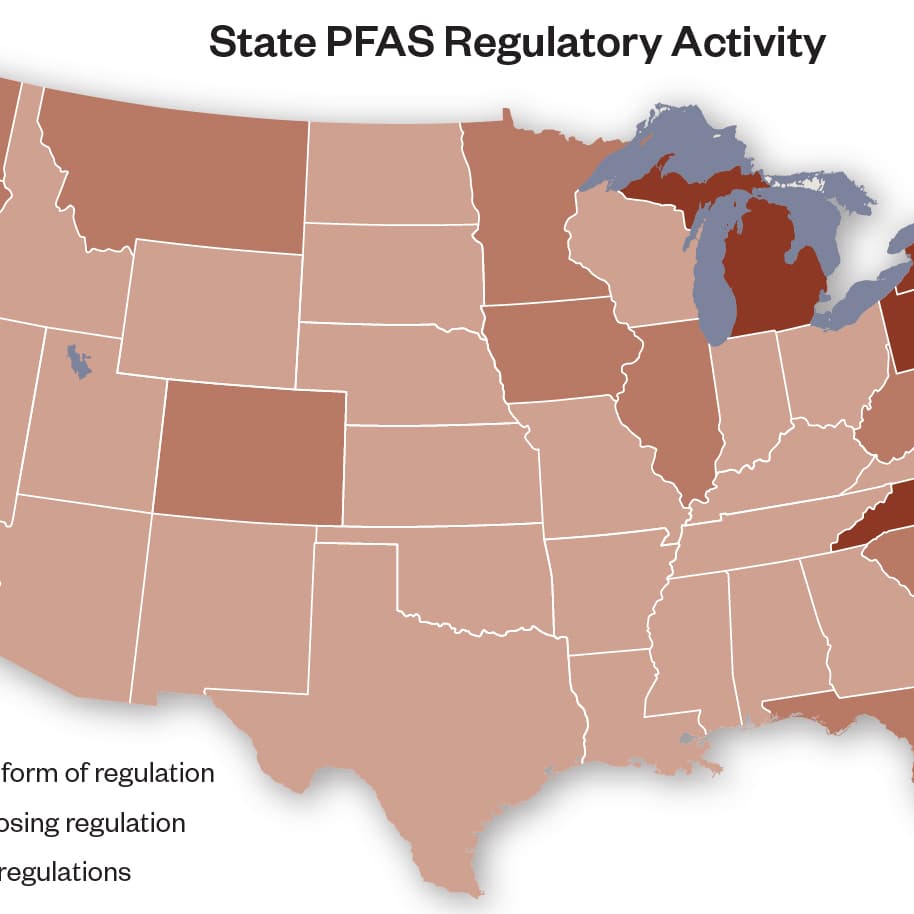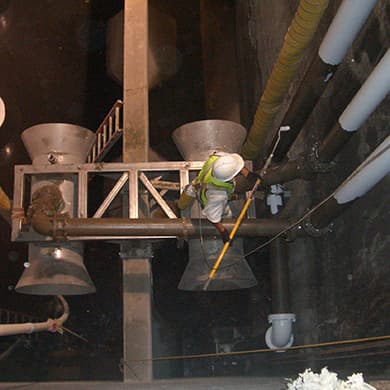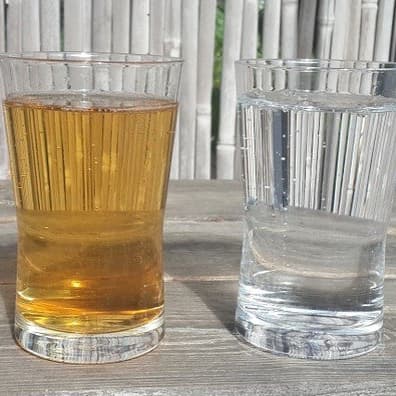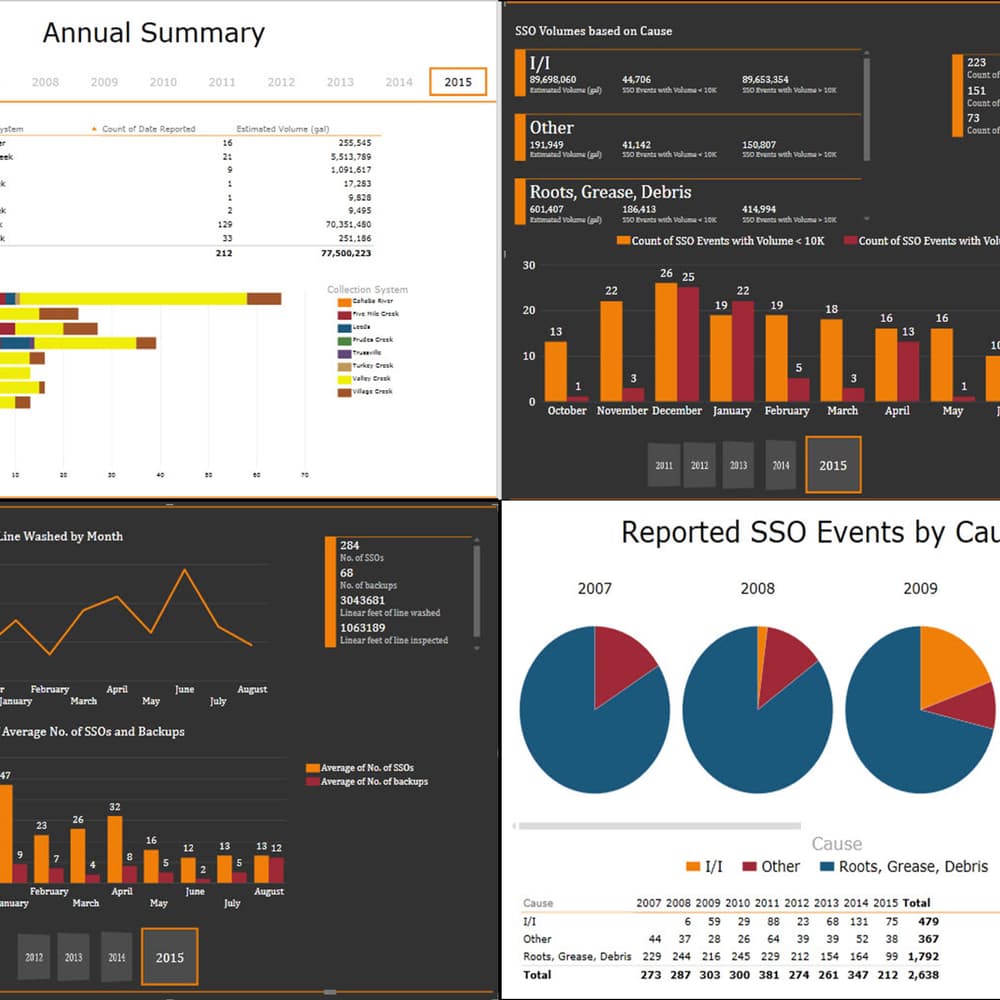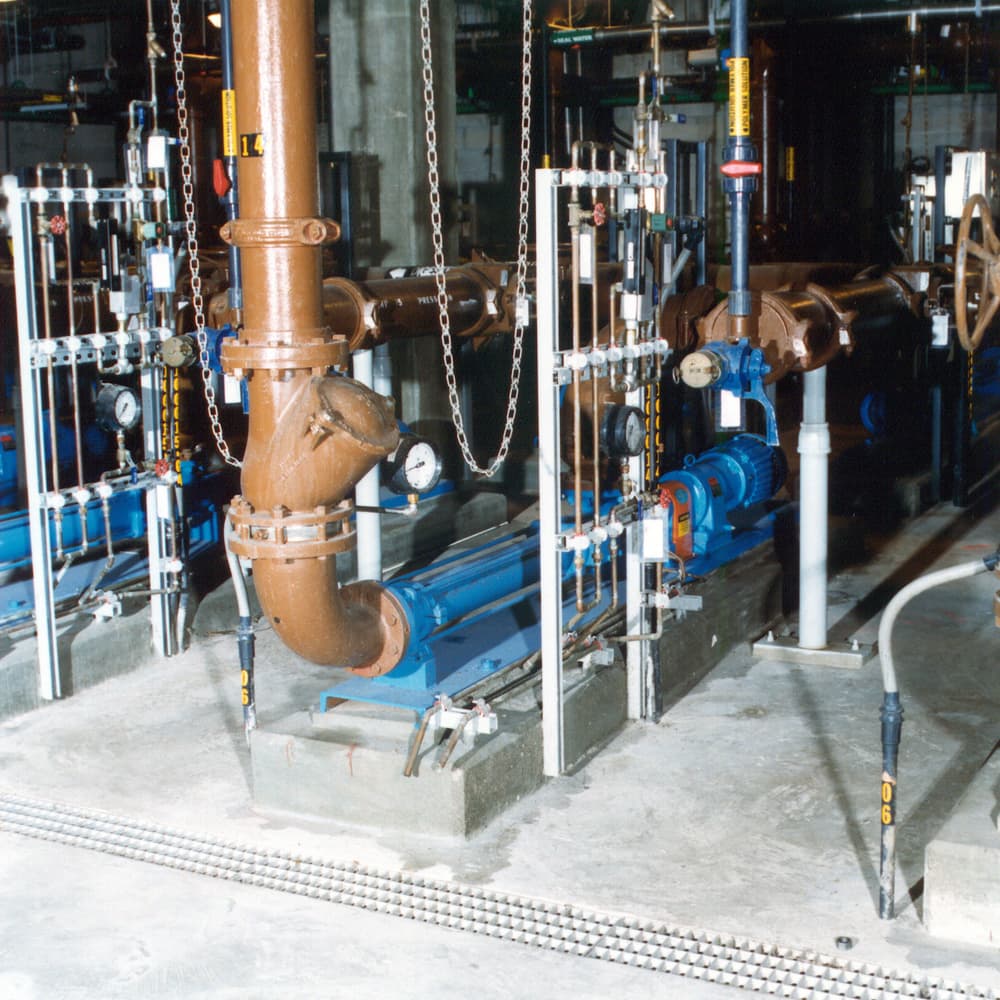Portable PAC Feed System to the Rescue!
Last Modified Feb 07, 2022
Powdered activated carbon (PAC) is used to remove organic compounds, taste and odor constituents, and chemical contaminants from water. Currently there are few low cost systems available to feed PAC in a controlled and clean fashion on an emergency or temporary basis. Utilities are faced with the decision of installing relatively high cost permanent PAC feed systems, for infrequent or short lived events, or to live with maintenance issues associated with feeding PAC on a temporary basis.
This paper presents an innovative portable solution that was developed and implemented at Louisville Water Company (LWC) to feed PAC during emergency events.
LWC owns and operates the Zorn Pump Station (ZPS) and Crescent Hill Filter Plant (CHFP). The ZPS pumps water from the Ohio River, approximately 2 miles, to a raw water reservoir at the CHFP. The CHFP treats the Ohio River water to state and federal potable water standards. The CHFP is equipped with a permanent PAC feed system that feeds PAC into the Ohio River water as it enters the raw water reservoir. The permanent PAC feed system is sufficient to treat the majority of river spill or taste and odor events; however, during past extreme events, like the 1999 taste and odor event and the 2005 river spill event, additional PAC above the existing system’s capacity was required.
Considering these past events and the recent consideration of cyanotoxins, LWC planned to have a secondary PAC feed system available for emergency response. Prior research performed by LWC showed that feeding PAC at two separate locations, separated by sufficient distance to allow adsorption to occur, achieved an overall greater removal of taste and odor causing compounds than feeding the same total amount of PAC at one location. This research indicated that implementing a secondary PAC system at the ZPS would offer benefits over expanding the existing permanent feed system located at the CHFP.
Related Topics:
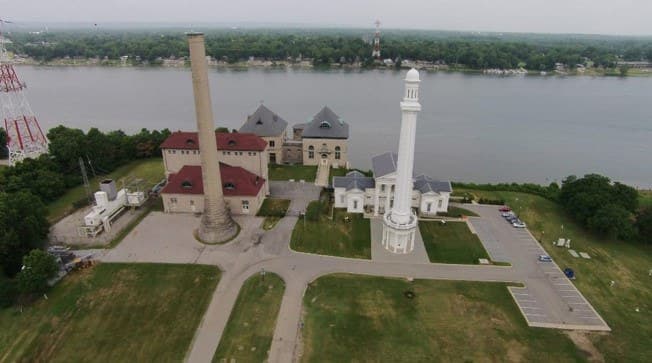
ZPS was commissioned in October of 1860 and is a historical landmark and iconic structure located along the Ohio River, construction of a permanent system at the ZPS presented an aesthetics problem. Other problems associated with implementing a permanent system included relatively high construction cost, required real estate, and maintaining the equipment during long periods of inactivity.

LWC teamed with Hazen and Jacobs, to develop a feasible solution for feeding PAC on an emergency response basis at the ZPS as their secondary system. The team developed and implemented a portable, relatively low cost, PAC feed system to respond to emergency events. In addition to providing many benefits to plant operations while working within the boundaries of existing conditions, the portable system solved aesthetics issues associated with locating a permanent system at the ZPS by allowing LWC to move the system out of sight when it was not being used.
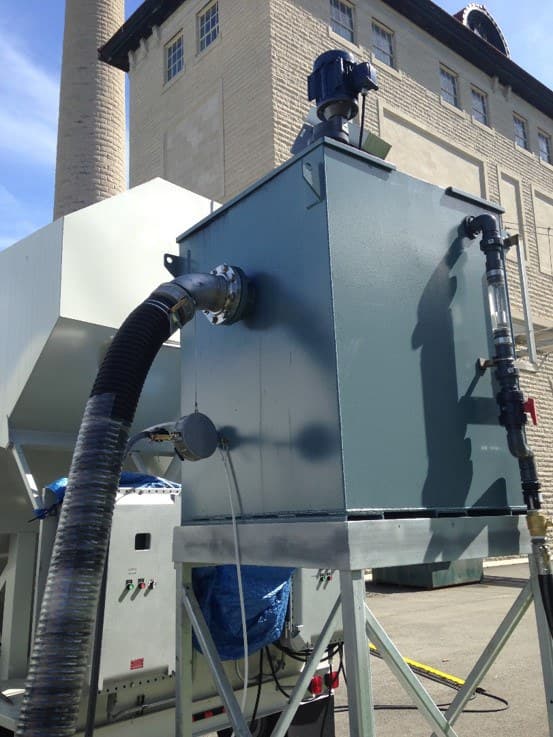
This presentation reviews the project background, a summary of emergency response solutions considered, components of the portable PAC feed system, design aspects of the system, system capability, system startup, and overall system cost of the PAC feed system developed for this project.
